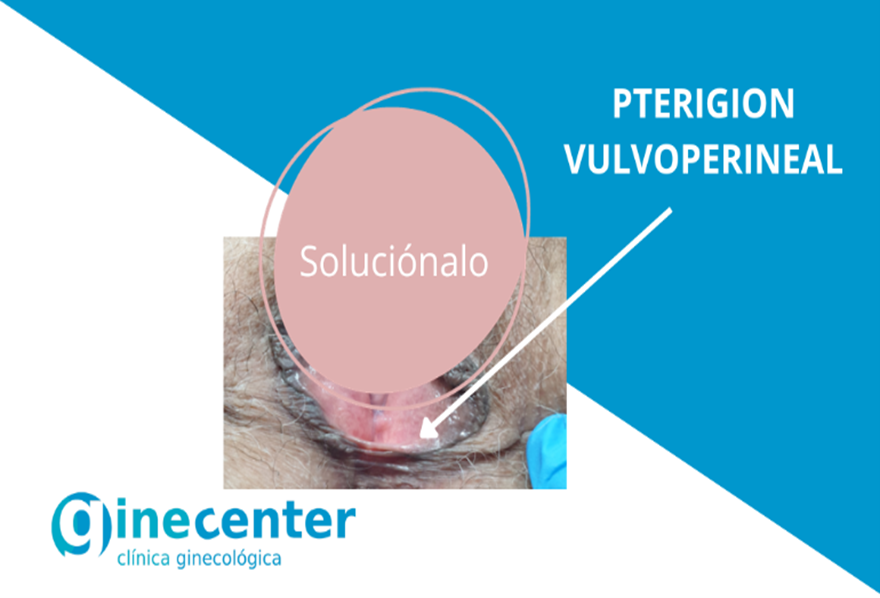Vaginal hyperlaxity syndrome, although not yet clearly defined, is known as the relaxation or loss of firmness of the vaginal walls, resulting in a sensation of decreased vaginal tightness. Consequently, reduced sensitivity may occur during sexual relations.
On occasion, it is also associated with urinary incontinence, a prolapsed uterus, or prolapsed vaginal walls, and is much more frequent with women that have had multiple childbirths, where any number of factors may have played a part, including the size of the babies, the type and duration of the childbirth, whether an episiotomy was performed, or if vaginal tears occurred and how well they were sutured.
Even less commonly, but certainly not impossible, it may also appear in women that have not been pregnant, but due to obesity, chronic coughing, constipation or playing certain sports, have had forces generated on the pelvic floor that have caused the vaginal walls to lapse.
All these factors certainly can affect female tissue properties and play a part in hyperlaxity. Accordingly, it is possible for a woman without children to suffer from the condition whereas someone who has given birth to three children may not.
Our proposed solutions include physiotherapy to try and restore the pelvic floor after childbirth combined with laser treatment.
By using the laser, thermal energy is applied through a device that is inserted into the vagina which deposits heat and stimulates the fibroblasts, the cells responsible for producing collagen, thereby achieving a firming effect of the vaginal walls.
This is an outpatient procedure which takes approximately 20 minutes. The number of sessions required will depend on each patient, however usually three to five sessions are sufficient.


